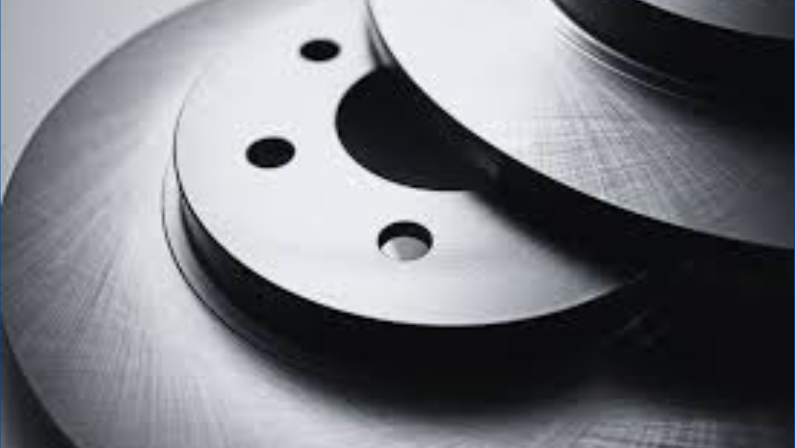How Long Do Brake Rotors Last? What Causes Rotors to Go Bad and When to Replace Them
Posted on August 1, 2025
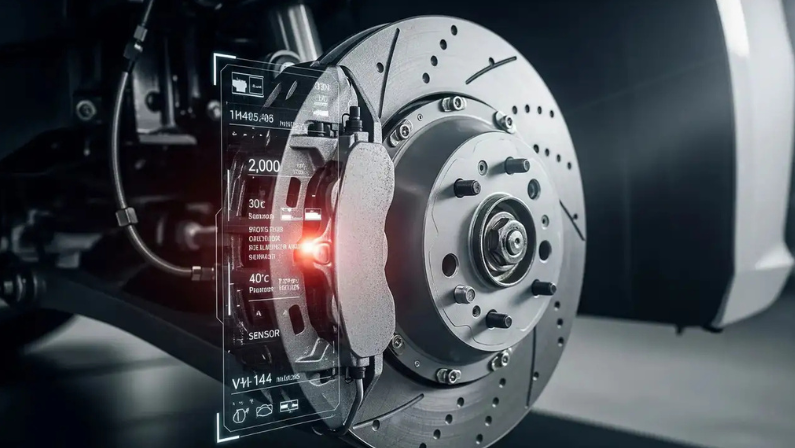
Your brake rotors silently endure every stop sign, traffic jam, and sudden slowdown on the 401, but most drivers have no idea when they’re due for replacement. At highway speeds, compromised rotors can add 4–6 meters to your stopping distance—enough to turn a close call into a collision.
At CarHub North York Chrysler, we’ve serviced thousands of brake systems. This guide covers:
- Real-world rotor longevity
- Critical warning signs you shouldn’t ignore
- Pro tips to extend rotor life
Because when it comes to brakes, "good enough" isn’t good enough.
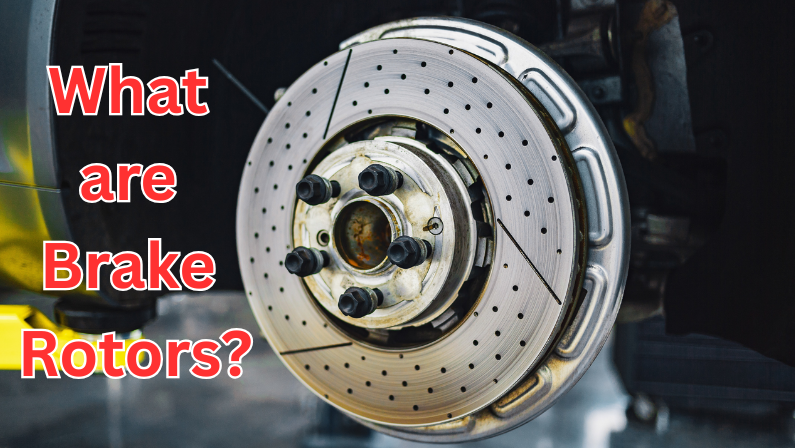
What Are Brake Rotors and Their Function?
Brake rotors are flat, round metal discs, usually about the size of a dinner plate, made from steel or similar materials. They are attached directly to the wheel hub of your vehicle.
Sitting over the rotors are the brake calipers, which hold the brake pads on either side of the rotor. This setup is a key part of your car’s braking system.
When you press the brake pedal, brake fluid is pushed through the system and forces the caliper pistons to squeeze the brake pads against the spinning rotors.
The friction created between the pads and the rotors slows down the rotation of the wheels, which ultimately stops your car. Over time, this friction causes both the brake pads and rotors to wear down and need replacement.
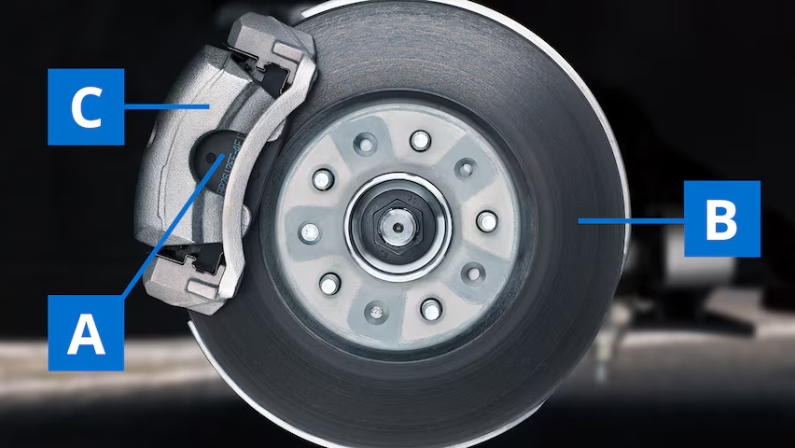
Components of a Complete Braking System
A car’s braking system is made up of several important parts that work together to keep you safe on the road.
Here’s a quick look at the main components:
1. Brake Rotors
These are the metal discs attached to your wheels. When you brake, the rotors slow down the wheels by working with the brake pads to create friction.
2. Brake Pads
Brake pads are the parts that press against the rotors to create the friction needed to stop your car. They wear down over time and need to be replaced regularly to keep braking strong and safe.
3. Calipers
Calipers hold the brake pads and use pistons to push them against the rotors when you press the brake pedal. They act like the “grippers” that clamp down on the rotors to slow your wheels.
4. Brake Lines
Brake lines carry the brake fluid from the master cylinder to the calipers. This fluid transfers the pressure you apply to the brake pedal so the calipers can do their job.
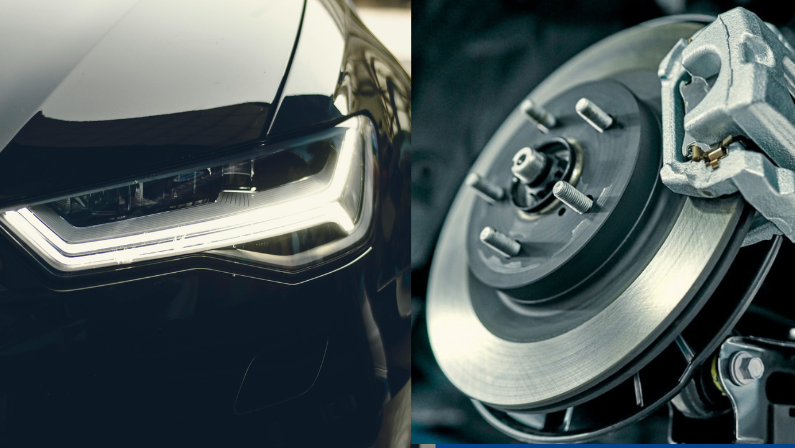
The Role of Brake Rotors in Vehicle Safety
Brake rotors play a crucial role in keeping your vehicle safe on the road. When you press the brake pedal, the brake pads press against the rotors to create friction. This friction turns the car’s moving energy into heat, which slows down and eventually stops the engine.
Without well-functioning rotors, your stopping distance gets longer, increasing the chance of an accident. Rotors also help spread out the heat generated during braking. This prevents a problem called brake fade, where your brakes lose effectiveness because they get too hot.
Keeping your brake rotors in good condition is important for consistent and reliable braking. Watch out for signs like a pulsing or vibrating brake pedal, which often means your rotors or pads may need to be replaced.
How Long Do Brake Rotors Last?
Brake rotors are a vital part of your car’s braking system, and their lifespan can vary depending on several factors. Typically, brake rotors last between 48,000 and 100,000 kilometers. High-quality rotors can sometimes last up to 160,000 kilometers, but if your brake pads wear out early, you might need to replace the rotors sooner.
Your driving style and conditions have a big impact on rotor life. For example, highway driving is gentler on rotors, helping them last up to 100,000 kilometers or more. On the other hand, stop-and-go city driving can wear rotors down after as little as 32,000 to 48,000 kilometers.
Brake pads usually need replacing more often than rotors, typically every 48,000 to 56,000 kilometers in the city and every 110,000 kilometers or more on the highway.
Here’s a simple overview:
|
Driving Condition |
Estimated Rotor Lifespan |
Brake Pad Replacement Interval |
| City Driving | 32,000 – 48,000 km | 48,000 – 56,000 km |
| Highway Driving | 69,000 – 100,000 km | 110,000+ km |
Watch for warning signs that your rotors may need replacing, such as excess dust on your wheels, longer stopping distances, strange noises when braking, or vibrations in the steering wheel or brake pedal.
Replacing rotors can cost more if done by a mechanic, but doing it yourself can save you about $350 in labor. If you’re not confident with DIY repairs, it’s always safer to consult a professional.
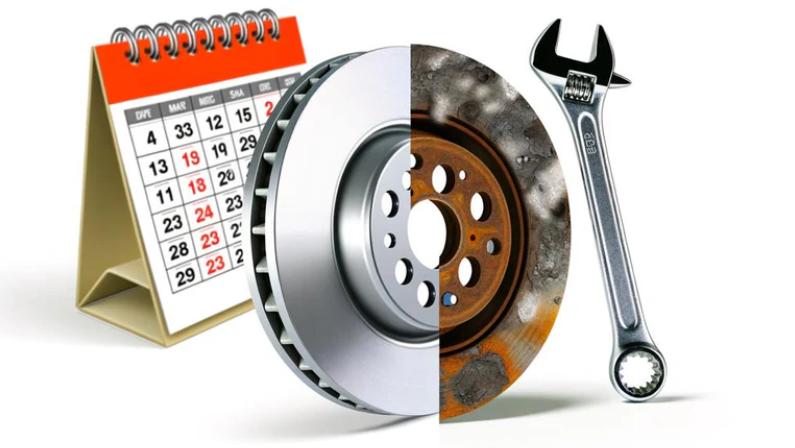
When Should You Replace Your Brake Rotors?
Knowing when to replace your brake rotors is key to staying safe behind the wheel. Over time, rotors wear down, and certain warning signs can tell you it’s time for a replacement.
Here are a few common signs to watch for:
1. Pulsing the Brakes
If you feel a pulsing or vibrating sensation in the brake pedal when you slow down, it could mean your rotors are warped. This often happens due to heat buildup and uneven wear, and it’s a clear sign your rotors may need replacing.
2. Very Heavy Grooves or Damage to The Rotor
Over time, rotors can develop deep grooves or scoring marks. These are caused by worn-out brake pads or debris caught between the pad and rotor. If the surface of your rotors looks rough or damaged, they likely need to be replaced to maintain safe braking.
3. Grinding Noises or Feelings When Braking
If you hear grinding or feel a rough sensation when you press the brakes, it’s a sign your brake pads may be worn down completely, causing metal-on-metal contact with the rotors. This damages the rotors quickly and means replacement is needed right away.
4. Longer Braking Distances or Inconsistent Braking
If your car takes longer to stop than usual or the braking feels uneven, it may be due to rotor wear. Inconsistent contact between the rotor and brake pad can reduce braking power, putting your safety at risk.
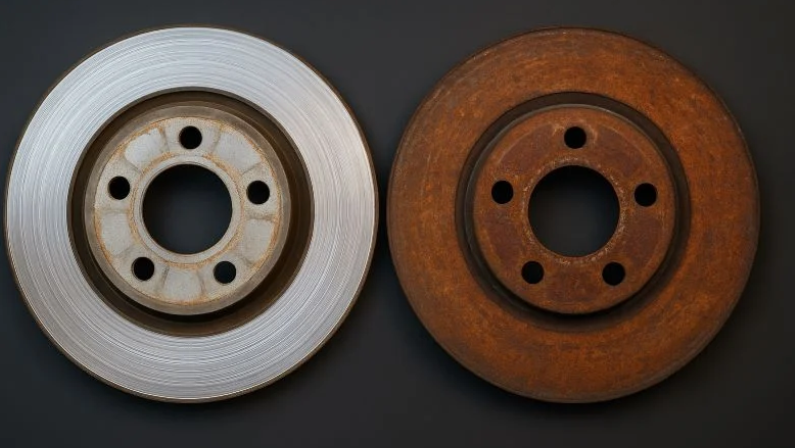
Factors Affecting Brake Rotor Lifespan
Several factors can affect how long your brake rotors last. Understanding these can help you get the most out of your braking system and avoid unexpected repairs.
1. Driving Habits and Their Impact
How you drive plays a big role in rotor wear. Aggressive driving with frequent hard braking wears down rotors faster. In contrast, smooth and steady braking can help extend their lifespan, especially during highway driving, which is easier on your brakes than constant city stop-and-go traffic.
2. Environmental and Road Conditions
Driving in hilly areas, rough terrain, or areas with a lot of stop signs and traffic lights can cause more stress on your rotors. Wet or salty road conditions (like in winter) can also lead to rust and corrosion, wearing out rotors sooner.
3. Vehicle Type and Weight Considerations
Heavier vehicles like SUVs, trucks, and vans put more pressure on their braking systems, which can lead to quicker rotor wear. Lighter vehicles usually have rotors that last longer, simply because they require less braking force.
4. Quality of Brake Rotor Material
Not all rotors are made the same. High-quality rotors made from durable metals or carbon-ceramic materials tend to last longer than cheaper options. Investing in better-quality parts can pay off in the long run.
5. Maintenance Frequency
Regular brake inspections and timely pad replacements help rotors last longer. Letting your brake pads wear down too far can damage the rotors, so routine maintenance is key to preserving rotor life and keeping your brakes in good shape.
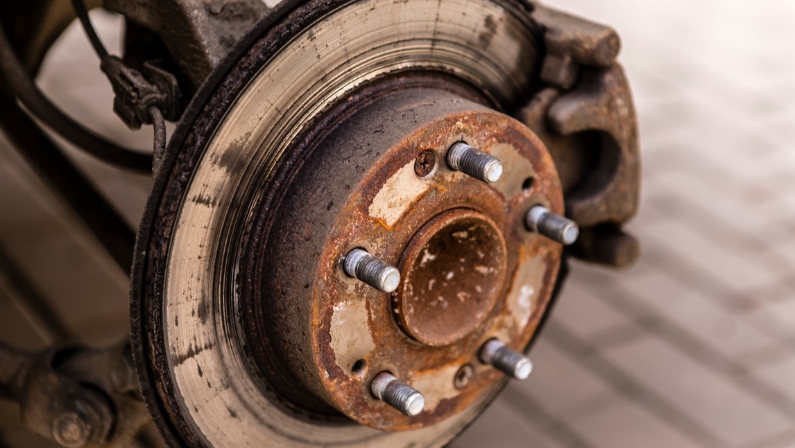
Signs of Worn Brake Rotors
Recognizing the signs of worn brake rotors can help you avoid bigger problems and stay safe on the road.
Here are the most common symptoms to look out for:
1. Unusual Noises During Braking
If you hear squeaking, squealing, or grinding noises when you hit the brakes, it could mean your rotors are worn or damaged. Grinding, in particular, suggests metal-on-metal contact, which can ruin both the rotors and pads.
2. Vibration In the Brake Pedal
A shaky or vibrating brake pedal is often a sign of warped rotors. This happens when heat builds up and causes the rotors to lose their smooth, even surface. The vibration usually gets worse as you slow down.
3. Visual Indicators of Wear
Sometimes, you can spot rotor issues just by looking. Deep grooves, rust patches, or scoring marks on the surface of the rotors usually mean it's time for a replacement.
4. Increased Stopping Distance
If your car takes longer to stop than it used to, worn rotors could be the cause. Uneven or thinned-out rotors reduce braking efficiency and make it harder to stop quickly in an emergency.
5. Brake Pedal Feels Soft or Pulsating
A soft or spongy brake pedal, or one that pulses under your foot, can also signal rotor problems. These issues may be due to uneven rotor wear or heat spots that affect brake performance.
If you notice any of these warning signs, it’s a good idea to get your brakes inspected. Replacing worn rotors early can help keep your braking smooth, consistent, and safe.

How to Extend the Life of Your Brake Rotors
Taking care of your brake rotors doesn’t have to be complicated. A few simple habits and regular maintenance can go a long way in extending their lifespan and keeping your braking system in top shape.
1. Regular Maintenance and Inspections
Routine brake inspections help catch early signs of wear before they turn into costly problems. Have a technician check your rotors, pads, and fluid levels during oil changes or scheduled services to ensure everything is working properly.
2. Choosing Quality Brake Pads
Investing in high-quality brake pads can actually protect your rotors. Cheap or low-grade pads wear out faster and can cause uneven pressure on the rotors, leading to early damage. Quality pads last longer and provide smoother braking.
3. Avoiding Hard or Sudden Stops
Slamming on the brakes often can cause rotors to overheat and warp. Try to brake gently and gradually, especially in traffic or when driving downhill. This reduces stress on the braking system and helps rotors last longer.
4. Follow Recommended Service Intervals
Stick to the manufacturer’s recommended service schedule for your brakes. Replacing brake pads before they wear down completely can prevent damage to your rotors. Timely service keeps your brakes responsive and reliable.
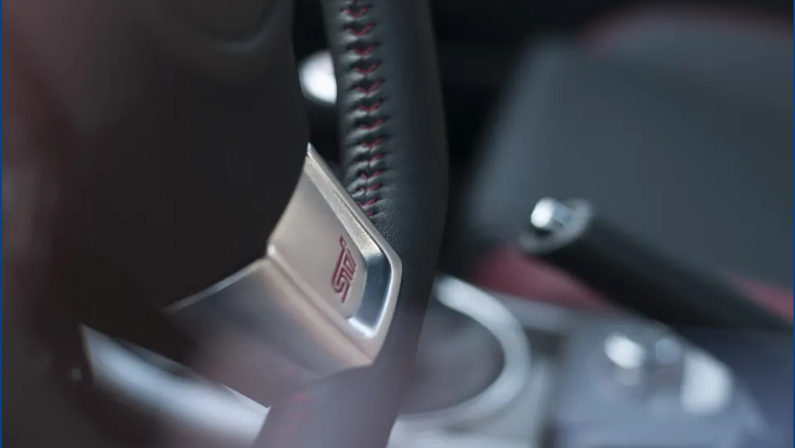
Stop Safely—Today and Every Day
Your brake rotors are the unsung heroes of every commute, whether you're navigating Toronto's stop-and-go traffic or cruising Alberta's highways. While their lifespan varies, one truth remains: ignoring worn rotors risks your safety and costs you more long term.
At CarHub North York Chrysler, we make brake service straightforward:
- Expert 10-Point Brake Inspections – Know exactly where your rotors stand
- Honest Recommendations – We’ll only suggest replacements when absolutely necessary
- Premium Canadian-Approved Parts – Built to withstand winter roads and heavy use
Don’t gamble with stopping power. Book a brake check today or visit our shop for same-day service.

